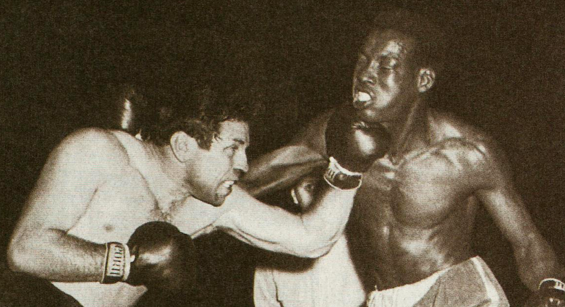Concussion causes
|
Concussion Microchapters |
|
Diagnosis |
|---|
|
Treatment |
|
Case Studies |
|
Concussion causes On the Web |
|
American Roentgen Ray Society Images of Concussion causes |
Editor-In-Chief: C. Michael Gibson, M.S., M.D. [1]
Please help WikiDoc by adding more content here. It's easy! Click here to learn about editing.
Overview
The leading causes of MTBI in adults are falls and vehicle accidents, and other causes include sports injuries, assaults, industrial and work-related injuries, and injuries that occur in the home. Among children aged 5 to 14, sports and bicycle accidents cause the greatest number of concussions. Soldiers are at elevated risk for concussion from causes such as bomb blasts, with as many as 15% of U.S. infantry soldiers who return from the Iraq War meeting the criteria for MTBI. The relative contribution of causes of mild head injury differs by region, gender, and age. For example, in Scotland and Sweden, falls account for the greatest percentage of MHIs, while in the U.S. and Australia, transportation is the largest cause.
Causes
Mechanism of Trauma

The brain is surrounded by cerebrospinal fluid, one of the functions of which is to protect it from light trauma, but more severe impacts or the forces associated with rapid acceleration and deceleration may not be absorbed by this cushion. Concussion may be caused by impact forces, in which the head strikes or is struck by something, or impulsive forces, in which the head moves without itself being subject to blunt trauma (for example, when the chest hits something and the head snaps forward).
Forces may cause linear, rotational, or angular movement of the brain, or a combination of these types of motion. In rotational movement, the head turns around its center of gravity, and in angular movement it turns on an axis other than its center of gravity. The amount of rotational force is thought to be the major type of force to cause concussion and the largest component in its severity. Studies with athletes have shown that the amount of force and the location of the impact are not necessarily correlated to the severity of the concussion or its symptoms, and have called into question the threshold for concussion previously thought to exist at around 70-75 g.
The parts of the brain most affected by rotational forces are the midbrain and diencephalon. It is thought that the forces from the injury disrupt the normal cellular activities in the reticular activating system located in these areas, and that this disruption produces the loss of consciousness often seen in concussion. Other areas of the brain that may be affected include the upper part of the brain stem, the fornix, the corpus callosum, the temporal lobe, and the frontal lobe.[1]
References
- ↑ Bigler ED (2008). "Neuropsychology and clinical neuroscience of persistent post-concussive syndrome". Journal of the International Neuropsychological Society. 14 (1): 1–22. doi:10.1017/S135561770808017X. PMID 18078527.